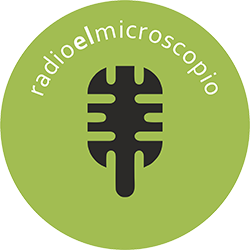Oral bisphosphonates are common first line treatments for osteoporosis. However, approximately half of patients who begin osteoporosis treatment do not follow their prescribed treatment and/or discontinue treatment within a year. Identifying low adherence to medication – a problem commonly seen with many chronic diseases – is a critical issue as it jeopardizes the efficacy of treatment, leaving osteoporosis patients unprotected against fractures.
A newly published International Osteoporosis Foundation (IOF) and European Calcified Tissue Society (ECTS) Working Group position paper [1] proposes measuring specific bone turnover markers (BTMs) in patients who have initiated use of oral bisphosphonates for postmenopausal osteoporosis as a clinically feasible and practical way to identify low adherence. BTMs can reflect the early effect of the drug on bone tissue. If a low response is detected shortly after treatment has been started, this can indicate low adherence or point to underlying causes of impaired response to medication.
Using the findings of the TRIO study [2] as the basis for their recommendations, the Working Group recommends measuring serum PINP (procollagen type 1 N-terminal propeptide) and CTX (collagen type 1 C-terminal telopeptide) levels at baseline and after 3 months of initiating treatment. The timing for the assessment at 3 months is optimal because the first weeks after the prescription is given is the critical period of primary non-adherence, when patients are most likely to have discontinued treatment.
The Working Group recommends that in those individuals where the decrease of the two BTMs, PINP and CTX does not exceed the least significant change (38% and 56%, respectively) assessment of adherence, or possibly investigation of secondary osteoporosis, should be carried out.
Professor Adolfo Diez-Perez, Co-Chair of the Joint IOF-ECTS Adherence Working Group, stated, “The use of bone turnover marker measurement to detect a lack of response to oral bisphosphonates is a practical and low-cost screening procedure which helps identify potential non-adherence in patients very early after treatment initiation. The patients benefit as this opens up opportunity for discussion and early intervention with noncompliant patients, or can indicate that secondary causes of osteoporosis need to be assessed.”
Co-Chair of the Working Group, Professor Richard Eastell, emphasized that “It will be interesting to further evaluate if these recommendations have an impact on adherence in a real-life setting.”
Source: Eurekalert
































